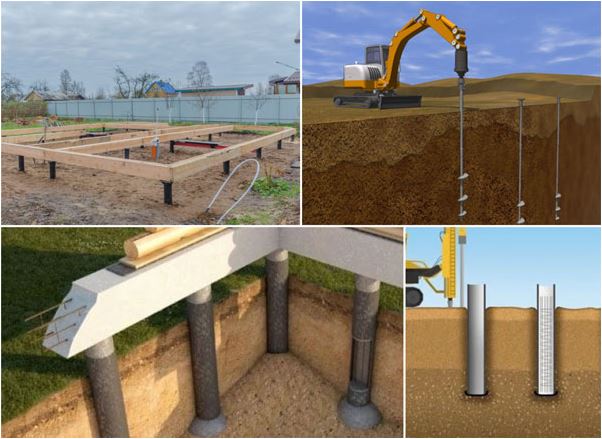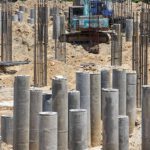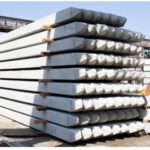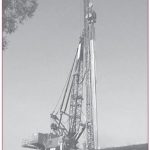
Pile Classification – The Four Types Of Piles
2 January 2021Pile Classification – The Four Types Of Piles
Piles can be classified according to the type of material forming the piles, the mode of load transfer, the degree of ground displacement during pile installation and the method of installation.
Pile classification in accordance with material type (e.g. steel and concrete) has drawbacks because composite piles are available. A classification system based on the mode of load transfer will be difficult to set up because the proportion of shaft resistance and endbearing resistance that occurs in practice usually cannot be reliably predicted. In the installation of piles, either displacement or replacement of the ground will predominate.
A classification system based on the degree of ground displacement during pile installation, such as that recommended in BS 8004 (BSI, 1986) encompasses all types of piles and reflects the fundamental effect of pile construction on the ground which in turn will have a pronounced influence on pile performance.
Such a classification system is therefore considered to be the most appropriate.
Piles are classified into the following four types :
(a) Large-displacement piles, which include all solid piles, including precast concrete piles, and steel or concrete tubes closed at the lower end by a driving shoe or a plug, i.e. cast-in-place piles.
(b) Small-displacement piles, which include rolled steel sections such as H-piles and open-ended tubular piles.
However, these piles will effectively become largedisplacement piles if a soil plug forms.
(c) Replacement piles, which are formed by machine boring, grabbing or hand-digging. The excavation may need to be supported by bentonite slurry, or lined with a casing that is either left in place or extracted during concreting for re-use.
(d) Special piles, which are particular pile types or variants of existing pile types introduced from time to time to improve efficiency or overcome problems related to special ground conditions.








